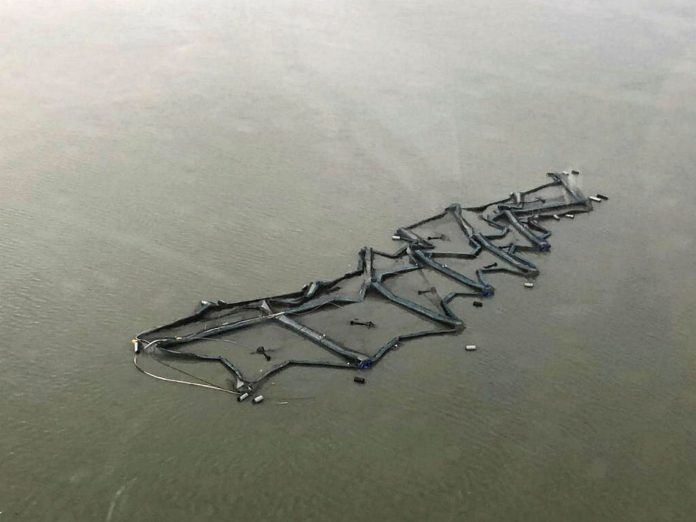387,837 fish died and 38,316 salmon escaped. The effect of this will leave a USD 2.9 million hole in its next results.
At the end of last month, the Chilean salmon farmer Salmones Camanchaca reported that it had activated protocols and contingency after torrential rains hit one of its seawater sites, in the Palena Province, Los Lagos, southern Chile.
The structure which was impacted consisted of two modules of 12 cages each, with an initial stock of 1,765,776 fish and an average weight of 2.6 kg.
Working with authorities, the salmon farmer worked to move the remaining fish – 536,531 of them – from the affected module to another unimpacted one. This project has now been completed, Salmones Camanchaca elaborated in a press release on the Oslo Stock Exchange on Saturday.
But with the completion comes the final mortality numbers, which are higher than initially reported.
The incident has led to a mortality of 387,837 fish, 22 per cent of the initial stock of the Islotes site.
“The labour and operational procedures were slowed down due to the complexity of the operation, bad weather conditions and the pandemic,” wrote Salmones Camanchaca.
During the operation, Chilean aquaculture authority Sernapesca wrote at first that after two overflights, a close up inspection with a ROV, it concluded that “fortunately, so far no escape of salmon has been detected in the affected salmon farm”. It was then reported there there had been “no massive escapes”.
This has turned out to be incorrect as 38,316 fish escaped. However, 9,900 salmon (25.8 per cent) have been recaptured.
Looking ahead, this incident will reduce Salmones Camanchaca’s Atlantic salmon harvests by around 2,200 tonnes, 4 per cent of the estimated annual total.
In terms of financials, after applying the corresponding insurance, the impact on results after taxes in the exit quarter will be close to USD 2.9 million, corresponding to “net losses from biomass loss, expenses in excess of insurance over-limits, and for assets damaged and not covered by insurance.”

